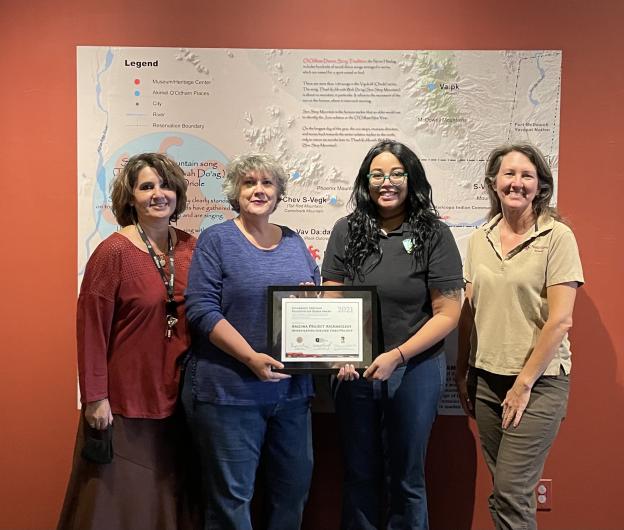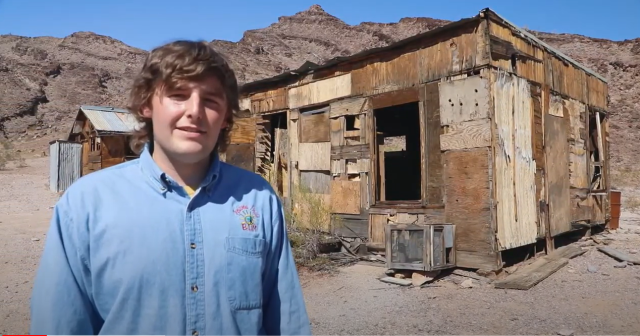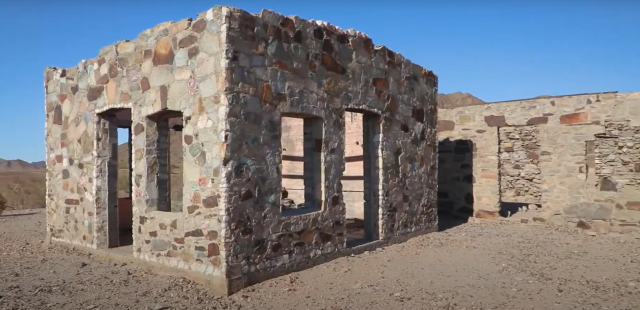Related Stories
- BLM’s Agua Fria National Monument is a worthwhile destination on your winter bucket list
- 11-year-old Touren Pope discovers ancient turtle fossil on BLM land in Wyoming
- Remembering the cattle drive that defined ranching in southeastern Arizona
- Popular posts: BLM's most viewed blogs of 2025
- Smokey Bear joins Mr. & Mrs. Claus to continue LTVA annual toy giveaway



